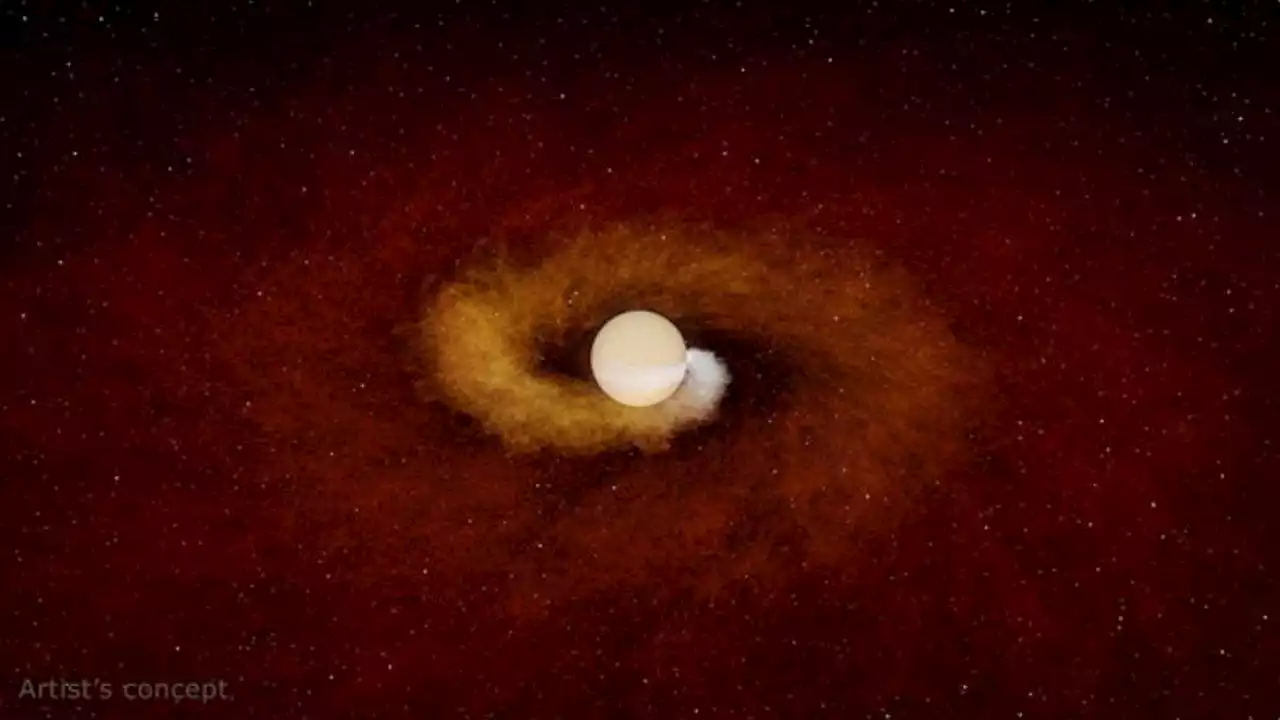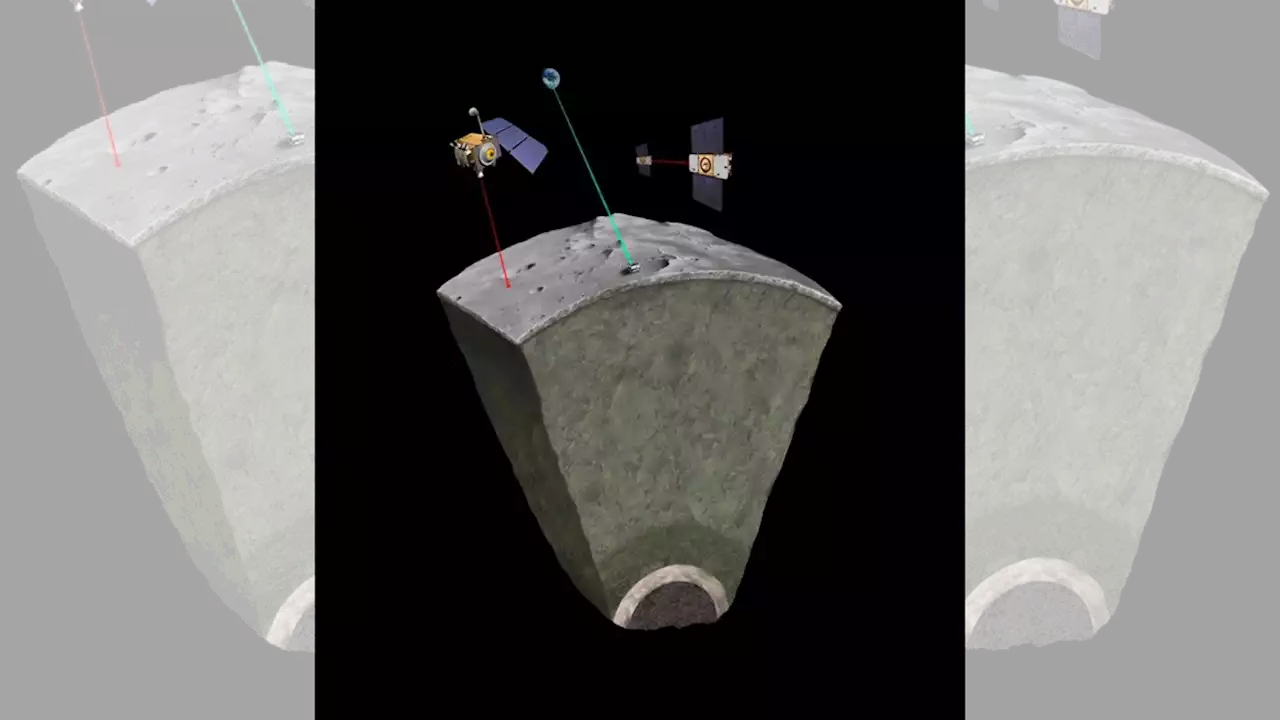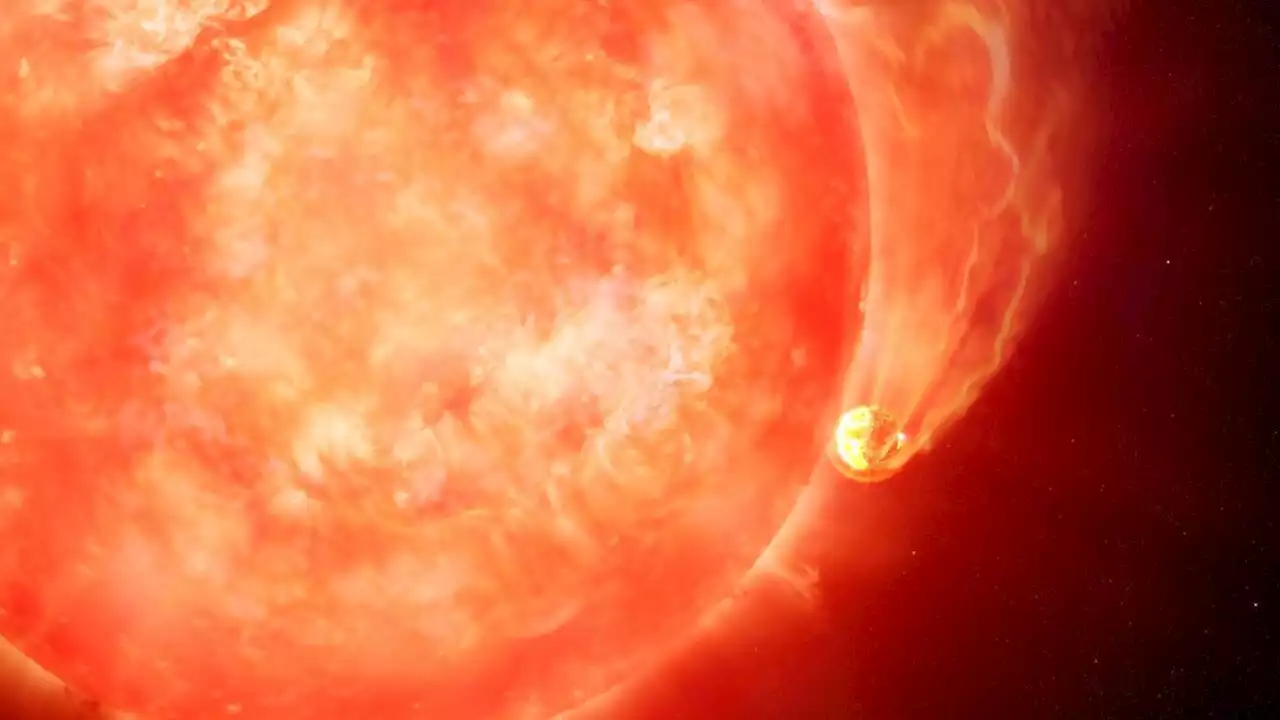With huge teeth and large eyes, Crassigyrinus scoticus was specially adapted to hunt in the coal swamps of Scotland and North America.
By piecing together fragments of an ancient skull, scientists have reconstructed the haunting face of a 330 million-year-old crocodile-like"tadpole" creature, revealing not only what it looked like but also how it may have lived.
Previous research has shown that C. scoticus was a tetrapod, a four-limbed animal related to the first creatures to transition from water to land. Tetrapods began appearing on Earth around 400 million years ago, when the earliest tetrapods started evolving from lobe-finned fishes. "In life, Crassigyrinus would have been around two to three metres [6.5 to 9.8 feet] long, which was quite big for the time," lead study author Laura Porro , a lecturer in cell and developmental biology at University College London, said in a statement ."It would probably have behaved in a way similar to modern crocodiles, lurking below the surface of the water and using its powerful bite to grab prey.
Although much more is known about C. scoticus, scientists are still puzzled by a gap near the front of the animal’s snout. According to Porro, the gap may indicate that C. scoticus had other senses to help it hunt. It may have had a so-called rostral organ that helped the creature detect electric fields, Porro said. Alternatively, C. scoticus might have had a Jacobson's organ, which is found in animals such as snakes and helps to detect different chemicals.
Brasil Últimas Notícias, Brasil Manchetes
Similar News:Você também pode ler notícias semelhantes a esta que coletamos de outras fontes de notícias.
 Scientists discover star devouring planet for first time and think Earth could suffer same fateThe star began to grow in size after running out of fuel, which decreased the distance between it and the neighboring planet, eventually consuming it entirely, according to NASA’s Jet Propulsion Laboratory.
Scientists discover star devouring planet for first time and think Earth could suffer same fateThe star began to grow in size after running out of fuel, which decreased the distance between it and the neighboring planet, eventually consuming it entirely, according to NASA’s Jet Propulsion Laboratory.
Consulte Mais informação »
 For the 1st time, scientists confirm the moon has a solid iron 'heart' just like EarthAfter more than 50 years, scientists finally confirmed that the moon has a solid inner core, just like Earth.
For the 1st time, scientists confirm the moon has a solid iron 'heart' just like EarthAfter more than 50 years, scientists finally confirmed that the moon has a solid inner core, just like Earth.
Consulte Mais informação »
![]() Eco Zonefix is a New Powered Earth-Friendly Rapid Fixer for Film and PaperZone Imaging has released a new film development fixer called Eco Zonefix that ships in powdered form and is much safer than other products on the market.
Eco Zonefix is a New Powered Earth-Friendly Rapid Fixer for Film and PaperZone Imaging has released a new film development fixer called Eco Zonefix that ships in powdered form and is much safer than other products on the market.
Consulte Mais informação »
 Scientists have developed a new way to fight a nearly untreatable brain cancerSound waves can cross the blood-brain barrier and could deliver chemotherapy to complex and treatment-resistant glioblastomas.
Scientists have developed a new way to fight a nearly untreatable brain cancerSound waves can cross the blood-brain barrier and could deliver chemotherapy to complex and treatment-resistant glioblastomas.
Consulte Mais informação »
 Scientists catch real-life Death Star devouring a planet in 1st-of-its-kind discoveryThe action 12,000 light-years away may presage what happens to Earth about 5 billion years from now.
Scientists catch real-life Death Star devouring a planet in 1st-of-its-kind discoveryThe action 12,000 light-years away may presage what happens to Earth about 5 billion years from now.
Consulte Mais informação »
